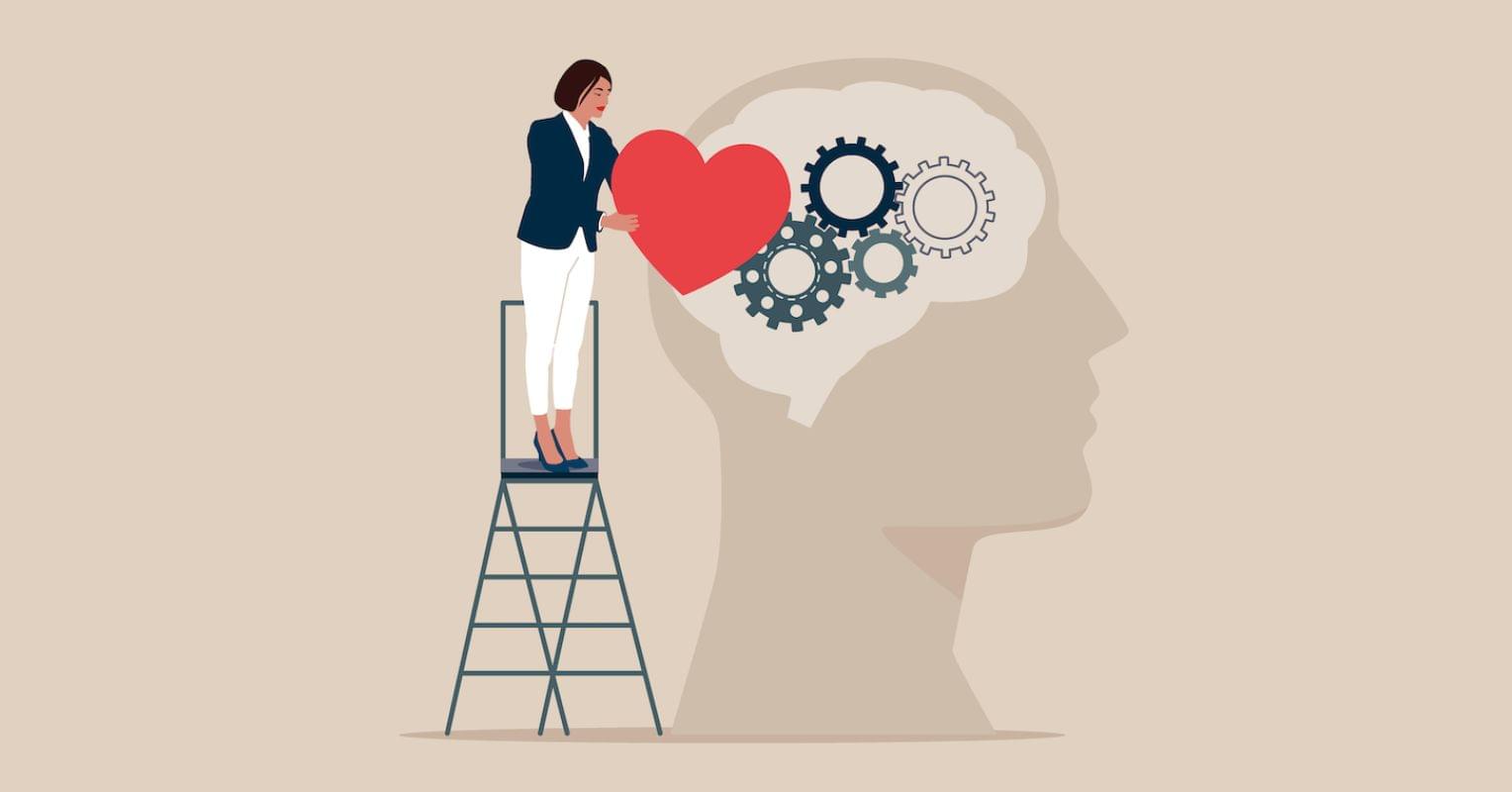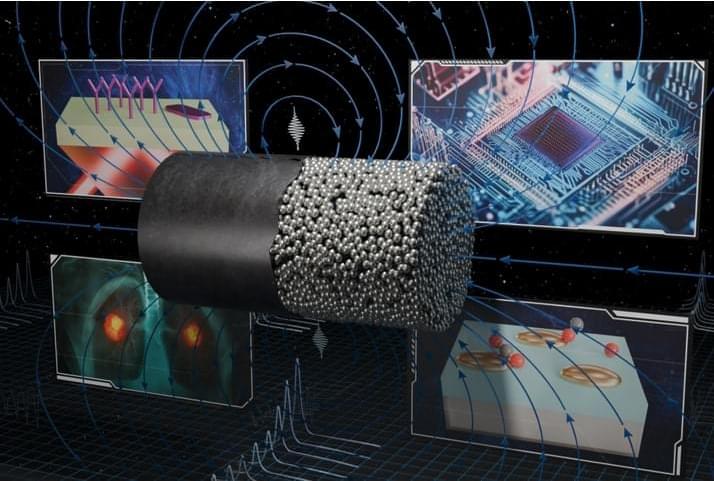Hermeus seems dead keen on fast-tracking its way to hypersonic passenger flight. Its uncrewed subsonic Quarterhorse Mark 1 prototype has completed its maiden flight in the skies over Edwards Air Force Base in California on May 21, 2025.
Hypersonic flight looks to be the flavor du jour of the aerospace world these days, which isn’t surprising. Not only is it poised to revolutionize warfare, it also has the potential to alter civilian cargo and passenger travel in ways far beyond what Concorde and its kin promised but never delivered in the 1960s.
The tricky bit is how to, pardon the pun, get it all off the ground. Since its founding in 2018, Hermeus has been pursuing a novel development strategy. Instead of the conventional approach of working directly on a final aircraft preceded by, perhaps, a flying prototype or two that approximate the performance of the ultimate aircraft, the company has been working on highly specialized prototypes designed to specifically test various systems without any pretense of being anything like a hypersonic plane.








